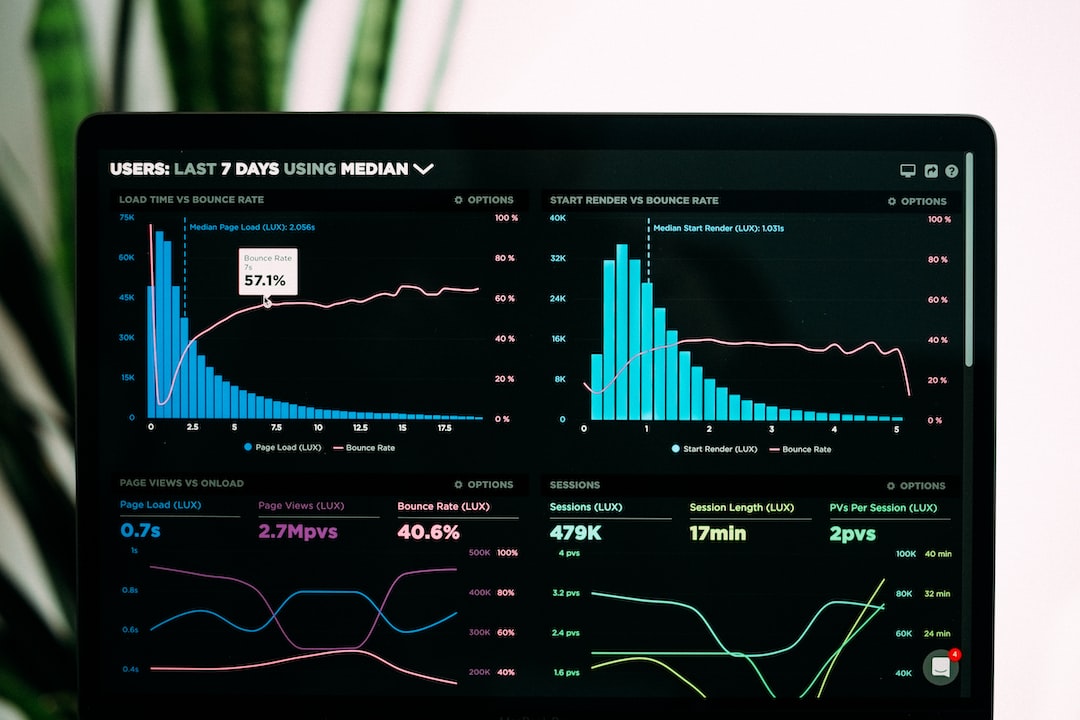Forex indicators are tools used by traders to analyze price movements in the foreign exchange market. They help in identifying trends, support and resistance levels, and potential entry and exit points for trades. While there are numerous pre-built indicators available, creating your own custom indicator can be beneficial in tailoring it to your trading strategy. In this article, we will discuss how to create a simple forex indicator.
1. Choose an Indicator Type
The first step in creating a forex indicator is to determine the type of indicator you want to create. There are several types of indicators, including trend indicators, momentum indicators, volatility indicators, and volume indicators. Trend indicators help to identify the direction of the trend, while momentum indicators measure the strength of the trend. Volatility indicators help to identify the level of market volatility, and volume indicators measure the trading volume in the market.
2. Define the Indicator Formula
Once you have determined the type of indicator you want to create, the next step is to define the indicator formula. This involves deciding which variables and parameters you want to include in the formula. For example, if you are creating a moving average indicator, you will need to decide on the period length and the type of moving average you want to use.
3. Code the Indicator
After defining the formula, the next step is to code the indicator. This involves using a programming language, such as MQL4 or MQL5, to write the code for the indicator. The code should include the formula you defined in the previous step, as well as any additional parameters or variables you want to include.
4. Test the Indicator
Once the code is written, it is important to test the indicator to ensure it is working as intended. Testing can be done using historical data to see how the indicator would have performed in the past. This can help you identify any issues with the indicator and make any necessary adjustments.
5. Implement the Indicator
After testing the indicator, the final step is to implement it into your trading platform. This can be done by adding the indicator to your platform’s indicator list and applying it to a chart. Once implemented, you can use the indicator to aid in your trading decisions.
Creating a simple forex indicator can be a useful tool in your trading arsenal. By following these steps, you can create an indicator tailored to your trading strategy and improve your overall trading performance. However, it is important to remember that indicators should not be relied on solely for trading decisions and should be used in conjunction with other analysis and risk management strategies.





